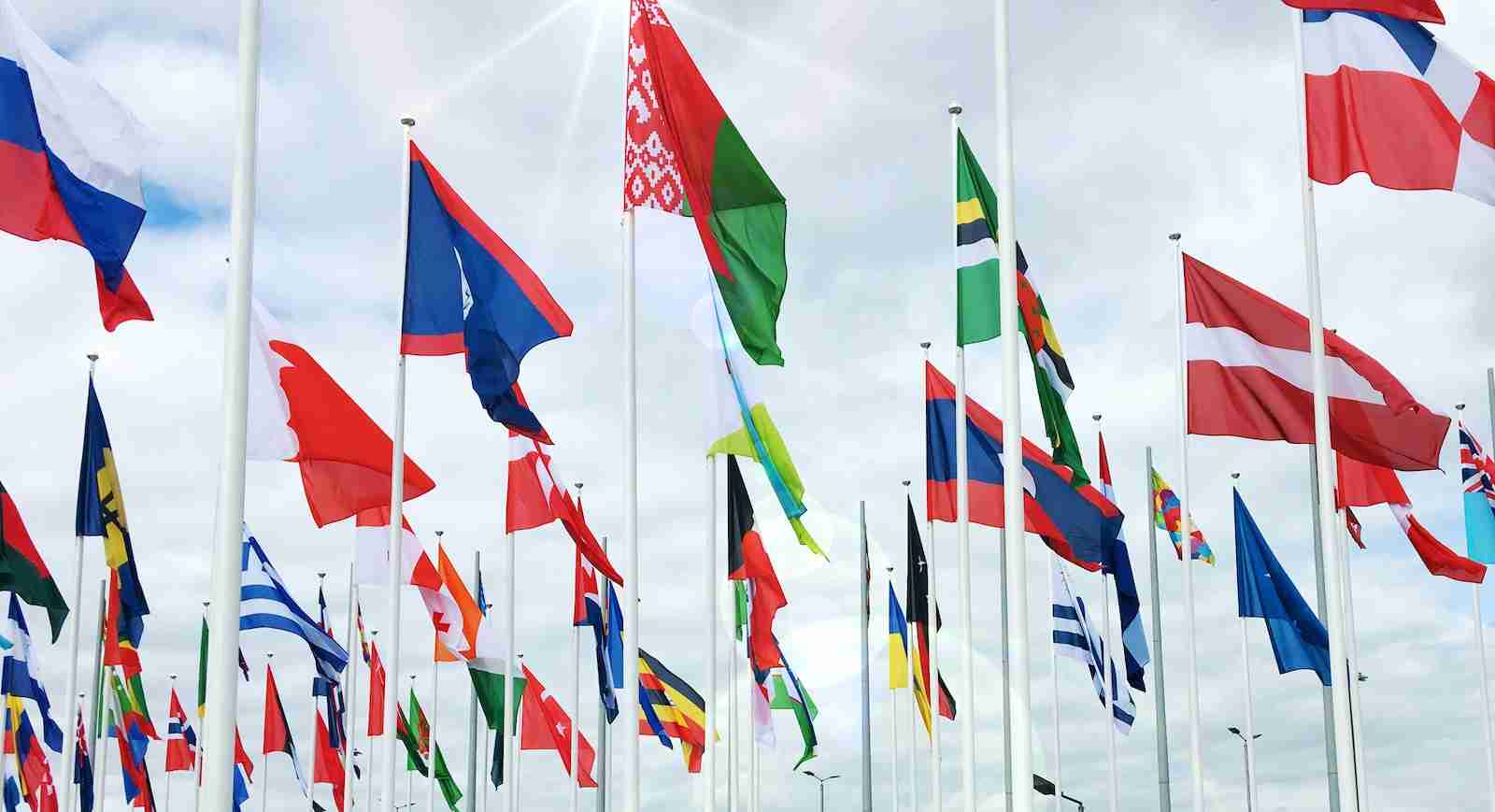27 Fun Facts About Flags | You Should Know
1. The UN flag symbolizes global peace.
The United Nations flag, highlighting a world map surrounded by olive branches, represents international peace and cooperation.
The design signifies the organization’s commitment to resolving global issues through dialogue and unity.
2. Red and white are the most common colors in flags.
Across the globe, red and white are the most frequently appearing colors in national flags.
These colors are rich in symbolism, with red often representing bravery or valor, and white signifying peace or purity.
3. South Africa’s flag symbolizes unity.
The flag of South Africa, introduced in 1994, stands as a powerful symbol of the nation’s unity and democratic values.
It integrates elements from the country’s diverse historical flags, representing the melding of different cultures and communities.
4. Nepal’s flag is the only non-rectangular national flag.
Nepal is distinguished by having the only non-rectangular flag among the world’s national flags.
This unique flag, made up of two stacked triangles, symbolizes the Himalayas and reflects the country’s deep-rooted Hindu traditions.
5. Flag colors carry specific meanings.
The choice of colors in national flags is not random but is loaded with symbolic significance, each representing distinct values and history.
For example, red is often used to signify strength or bravery, while white is associated with peace and purity.
6. The Union Jack combines three crosses.
The United Kingdom’s flag, known as the Union Jack, integrates the crosses of St. George, St. Andrew, and St. Patrick.
This design symbolizes the union of England, Scotland, and Ireland.
7. Canada’s flag reflects its national identity.
Canada adopted its current flag in 1965, featuring a maple leaf to represent its national identity distinctly.
The flag’s simple yet bold design marks a departure from previous flags that included British symbols.
8. Denmark’s Danneborg is the world’s oldest national flag.
The flag of Denmark, known as the Dannebrog, holds the title of the oldest continuously used national flag in the world.
It dates to the 13th century and features a white Scandinavian cross on a vivid red background, symbolizing Denmark’s heritage.
9. The first flag on the moon was American, which is one of the Fun Facts about Flags.
The United States planted the first flag on the moon during the historic Apollo 11 mission.
This momentous event in 1969 marked a significant achievement in space exploration.
10. The Olympic flag represents global unity.
The Olympic flag features five interlocking rings that symbolize the world’s inhabited continents coming together.
It’s a representation of international cooperation and sporting excellence.
11. Purple is rare in national flags.
Purple is an uncommon color in national flags, appearing in only a few such as those of Nicaragua and Dominica.
This rarity is due to the historical expense and difficulty of producing purple dye.
12. Paraguay’s flag has different emblems on each side.
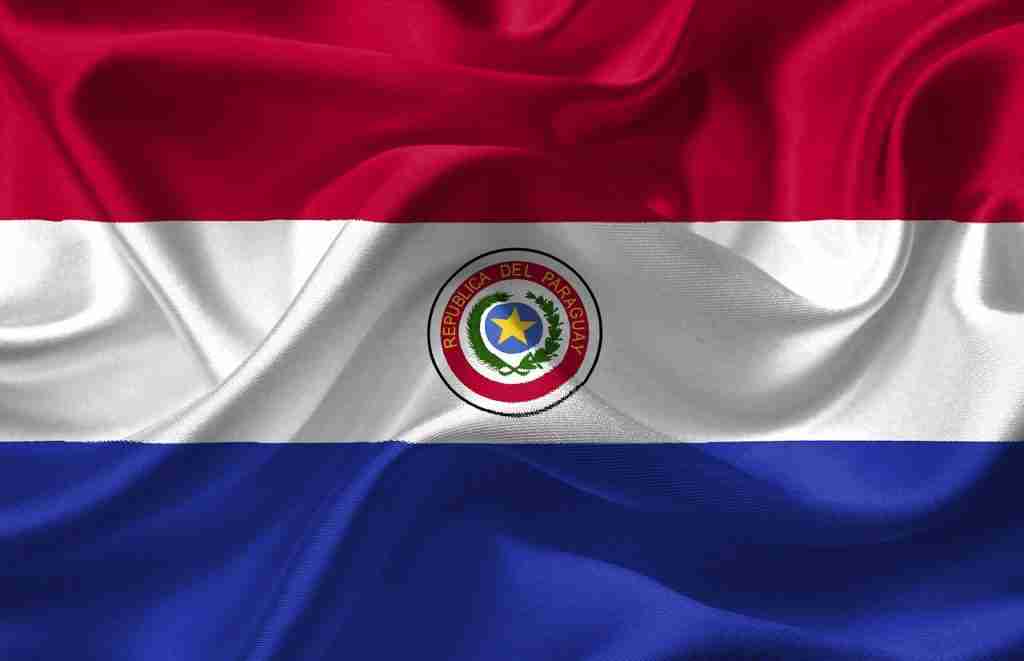
Paraguay’s national flag is unique for having different designs on its front and back sides.
One side features the national coat of arms, and the other displays the treasury seal.
13. Maritime signal flags have specific meanings.
International maritime signal flags are used for communication at sea, with each flag representing a letter or a specific message.
This system is crucial for conveying valuable information between ships.
14. The jolly roger is known as the pirate flag.
Traditionally used by pirates, the Jolly Roger flag is recognized for its skull and crossbones symbol.
This flag was designed to instill fear and warn others of the pirates’ presence.
15. Monaco and Indonesia have similar flags.
Monaco and Indonesia have almost identical flags, with both featuring red and white horizontal stripes.
The primary distinction between them is their respective proportions and dimensions.
16. Libya’s plain green flag was unique.
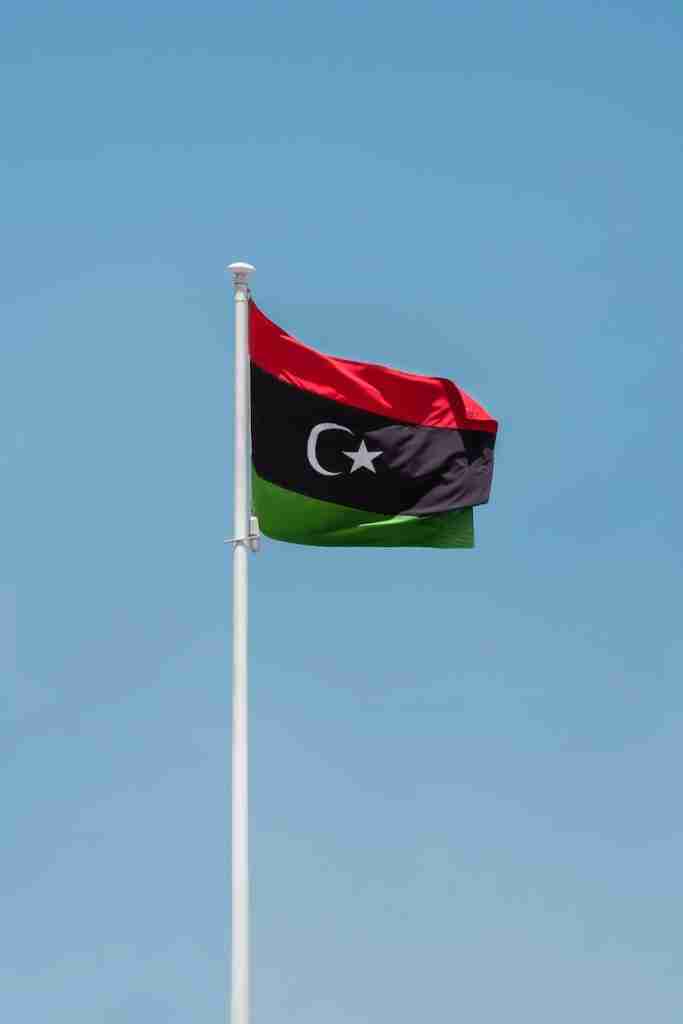
From 1977 to 2011, Libya had a unique national flag that was plain green without any other symbols or designs.
This flag was the only one of its kind in the world, symbolizing Gaddafi’s political ideology.
17. Flag etiquette is a sign of respect.
Many countries have established rules and protocols for displaying and handling their national flags, reflecting respect and national pride.
This includes guidelines on how to properly raise, lower, and fold the flag.
18. The largest flag was from Saudi Arabia.
The record for the largest flag ever made goes to a Saudi Arabian flag, which measured over 160,000 square feet.
This massive flag represented a monumental expression of national pride.
19. What are the rules for displaying the American flag?
The rules for displaying the American flag, known as the Flag Code, provide guidelines on the proper handling, folding, and display of the flag.
20. The Buddhist flag represents spiritual principles.
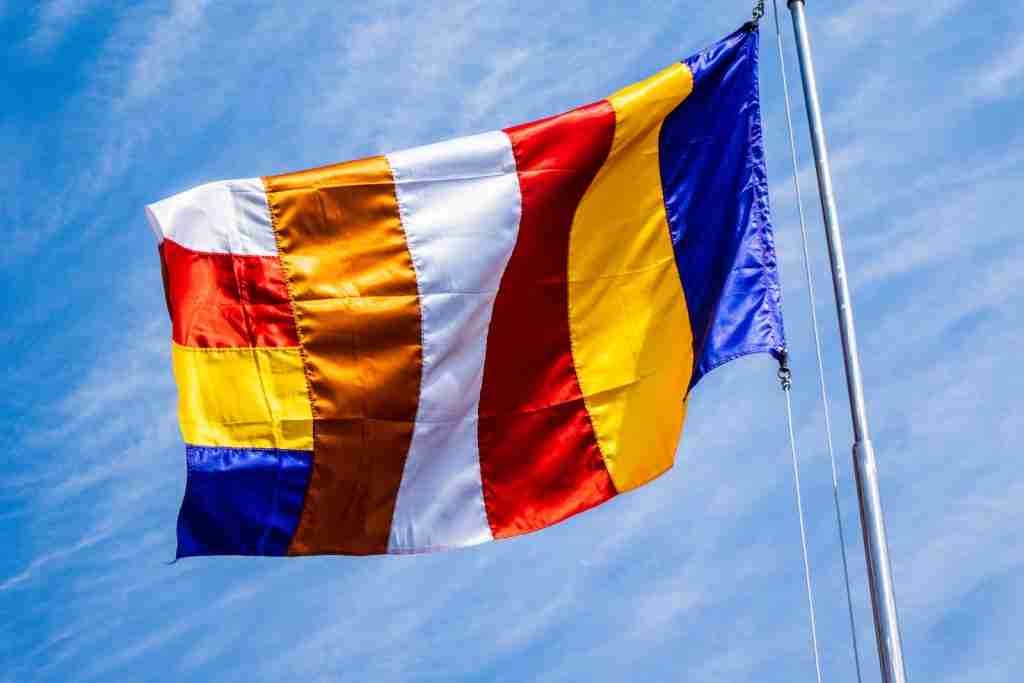
Introduced in the 19th century, the Buddhist flag symbolizes the various aspects of Buddhism through its different colors.
Each color on the flag has a specific meaning related to Buddhist teachings and philosophy.
21. The first flag on Everest was Indian.
During the 1965 Indian Mount Everest expedition, the first national flag to be planted on the summit was that of India.
This achievement marked a significant moment in mountaineering history.
22. Circular designs are popular in flags.
Circular motifs are a common feature in several national flags, including those of Japan, Bangladesh, and Palau.
These circles often symbolize unity, the sun, or other significant cultural or natural elements.
23. The white flag is an international truce symbol.
A white flag is universally recognized as a symbol of truce or surrender in conflicts.
Its use is a long-standing tradition in military history, signaling a desire for a ceasefire or negotiation.
24. Square flags are unique to Switzerland and Vatican City.
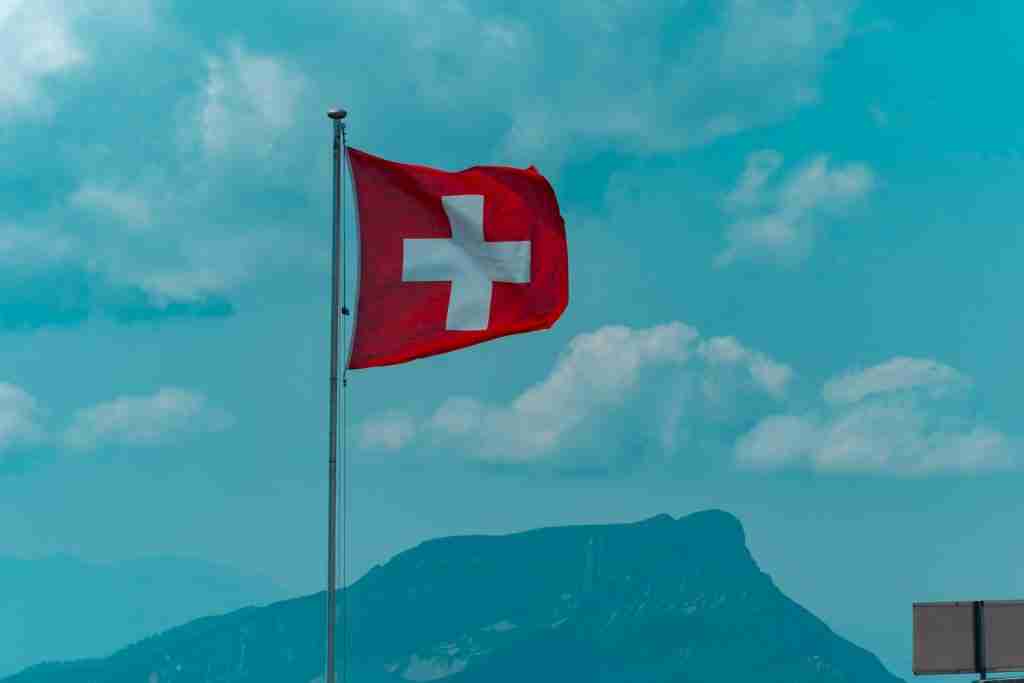
Switzerland and Vatican City are the only countries with square-shaped national flags, making their designs unique in the world of national symbols.
This distinctive shape sets them apart from the more common rectangular flags of other nations.
25. Proposed flags for Earth include the Blue Marble.
Several designs have been proposed to represent Earth as a planet, with the Blue Marble being one of the most notable.
These flags aim to symbolize global unity and the shared responsibility of caring for our planet.
26. The Scandinavian cross is a common motif in Nordic countries.
Nordic countries like Denmark, Finland, Iceland, Norway, and Sweden feature the Scandinavian cross on their flags.
This design reflects the shared cultural and historical ties among these nations.
27. The Pantone Matching System ensures flag color consistency.
The Pantone Matching System is used globally to maintain color consistency in national flags across varied materials.
This system ensures that the colors of a flag remain true to their intended shades, regardless of where or how the flag is produced.
FAQs
Government flags are lowered to half-staff as a sign of respect or mourning. Specific occasions and durations for this practice are outlined in official protocols.
The term “world flag” is broad, but it often refers to the idea of a global or universal flag. Currently, there isn’t a single flag representing the entire world.
The term “world flag” is broad, but it often refers to the idea of a global or universal flag. Currently, there isn’t a single flag representing the entire world.
The American flag has a rich history. It features 13 stripes representing the original colonies and 50 stars symbolizing the states. The colors hold significance, with red symbolizing valor, white for purity, and blue for perseverance and justice.
Magic Mountain, specifically referring to Six Flags Magic Mountain, features a wide range of rides, from adrenaline-pumping roller coasters to more relaxed family rides, providing entertainment for visitors of all ages.

